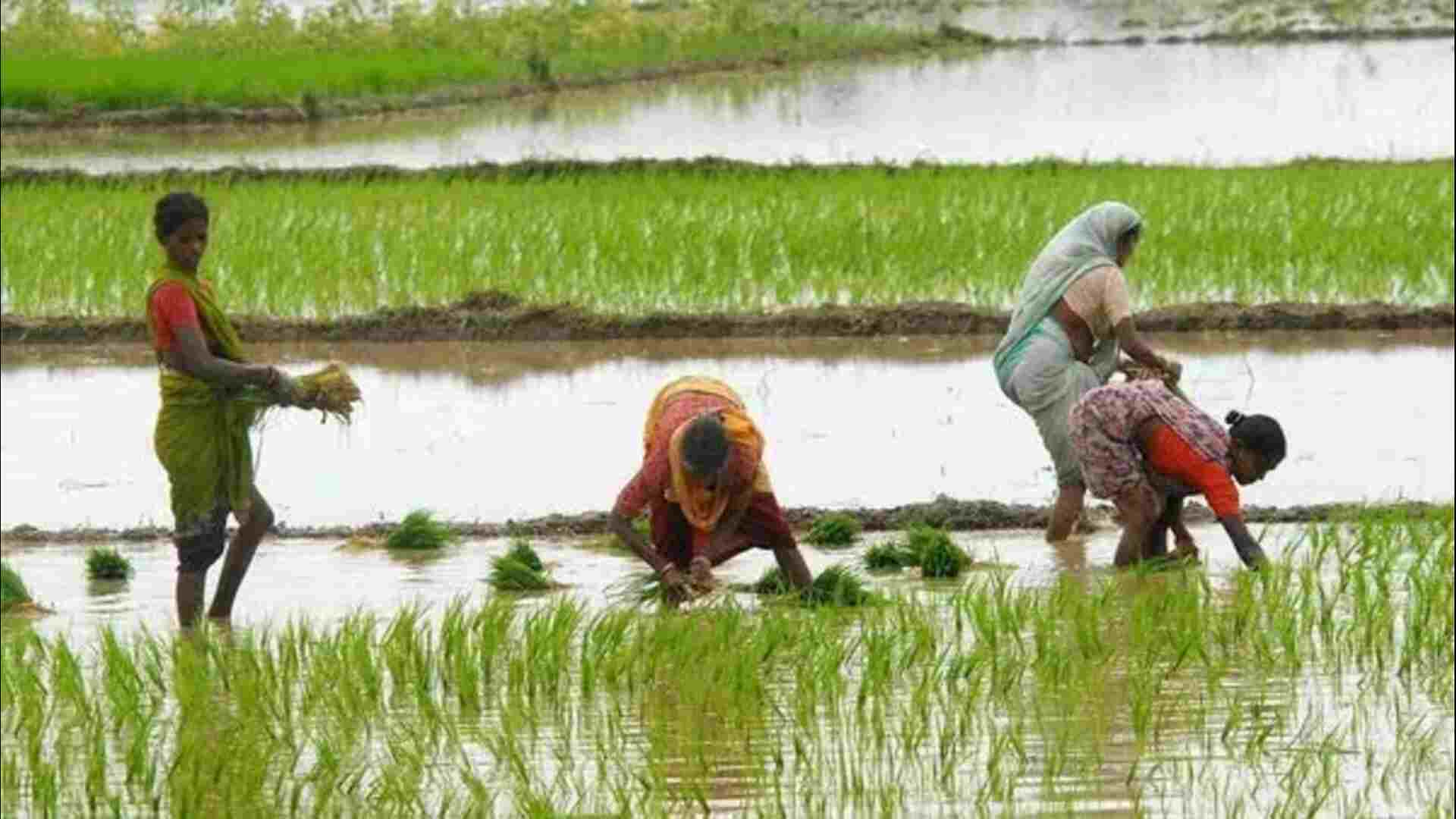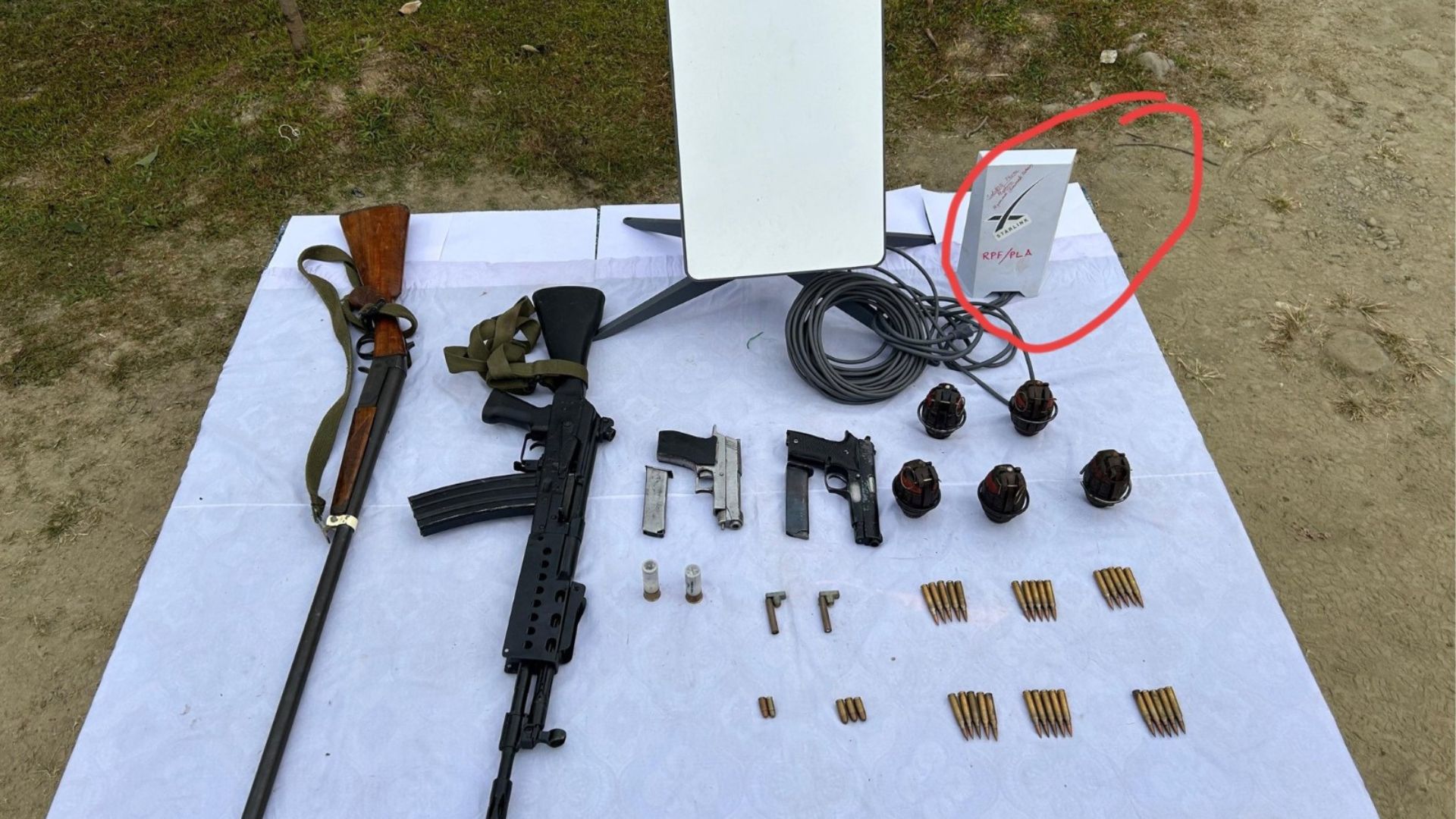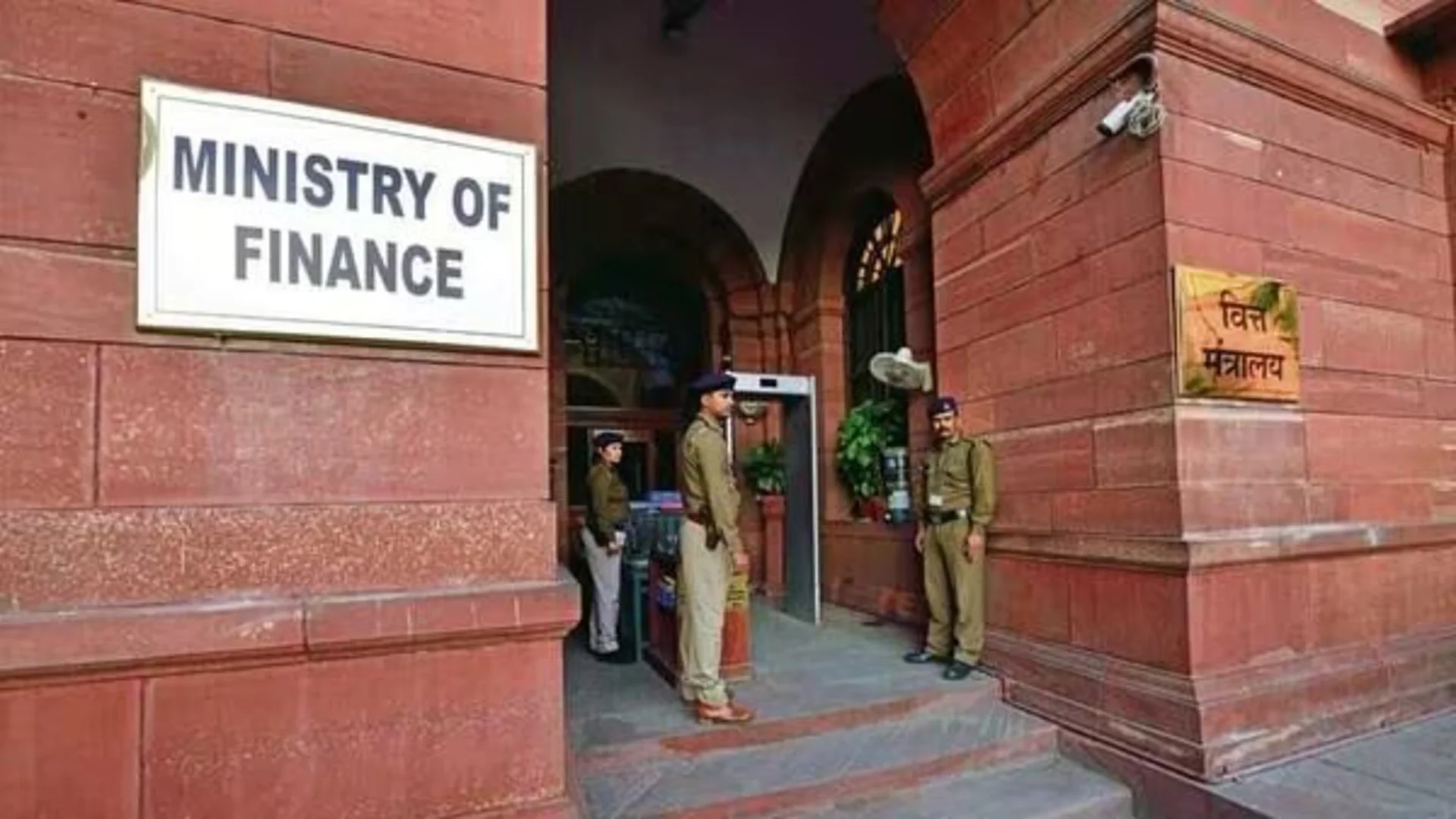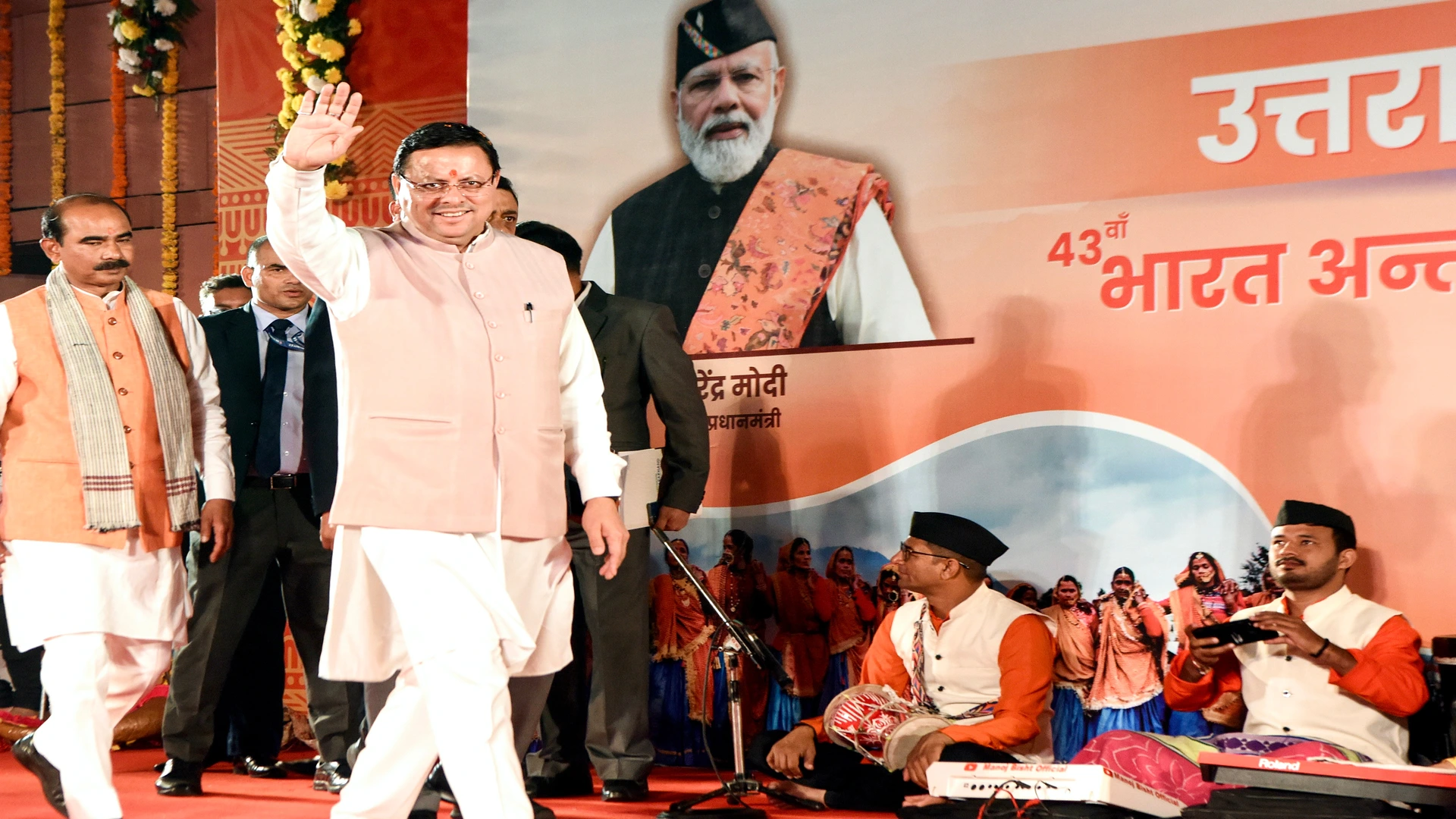
India’s farmers have made a strong start to the kharif cropping season, with sowing surpassing last year’s figures. According to the latest data from the Agriculture Ministry, kharif crops have been cultivated across 904.60 lakh hectares so far this year, a 3% increase compared to the same period in 2023 when 879.22 lakh hectares were covered.
The surge in sowing is particularly evident for key crops like paddy, pulses, oilseeds, millets, and sugarcane. However, the area under cotton and jute/mesta cultivation has declined year-on-year.
Underscoring the government’s commitment to boosting pulse production, Agriculture Minister Shivraj Singh Chouhan has pledged 100% procurement of Urad, Arhar, and Masur across all states. He has called for increased awareness to encourage more farmers to cultivate pulses. India, a major consumer and producer of pulses, still relies on imports to meet a portion of its demand. The import of pulses has nearly doubled in the 2023-24 season despite incentives offered to farmers.
Kharif Season and Monsoon Significance
India’s agricultural calendar is divided into three seasons: summer, kharif, and rabi. Kharif crops, primarily dependent on monsoon rains, are sown between June and July and harvested between October and November.
The timely and adequate distribution of rainfall is crucial for Indian agriculture, especially kharif cultivation. The India Meteorological Department (IMD) has predicted an above-normal southwest monsoon (June-September) this year, a forecast echoed by private weather forecaster Skymet. Given that over 70% of India’s annual rainfall occurs during this period, a favorable monsoon is essential for the nation’s economy. Agriculture, which sustains nearly 45% of India’s population, is particularly reliant on the monsoon’s performance.















